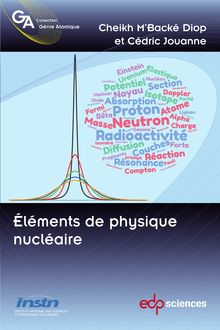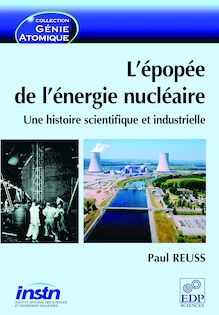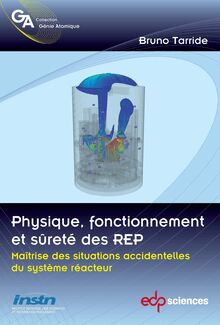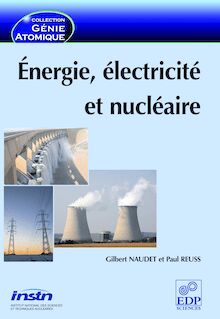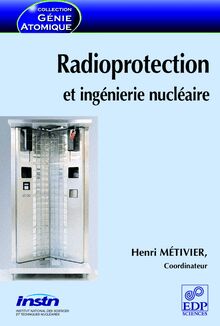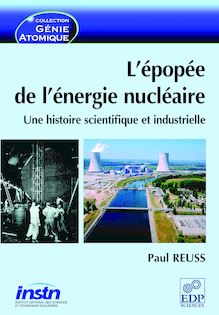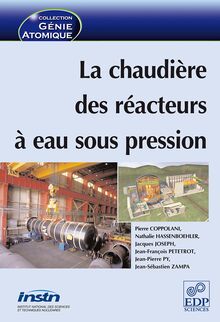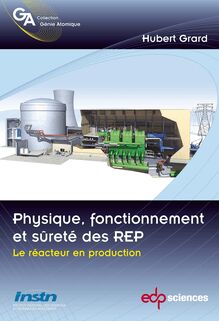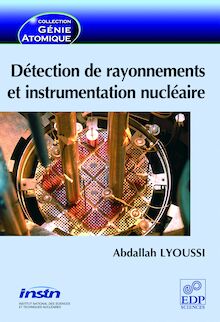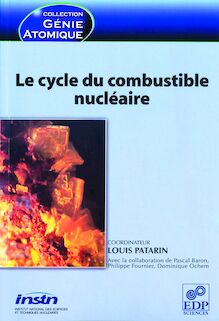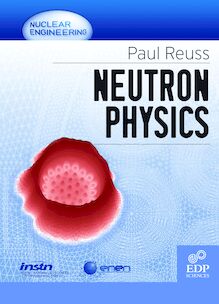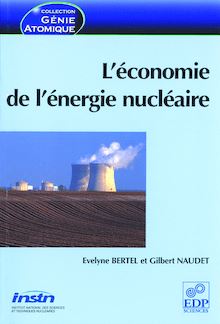-
 Univers
Univers
-
 Ebooks
Ebooks
-
 Livres audio
Livres audio
-
 Presse
Presse
-
 Podcasts
Podcasts
-
 BD
BD
-
 Documents
Documents
-
- Cours
- Révisions
- Ressources pédagogiques
- Sciences de l’éducation
- Manuels scolaires
- Langues
- Travaux de classe
- Annales de BEP
- Etudes supérieures
- Maternelle et primaire
- Fiches de lecture
- Orientation scolaire
- Méthodologie
- Corrigés de devoir
- Annales d’examens et concours
- Annales du bac
- Annales du brevet
- Rapports de stage
La lecture à portée de main
Découvre YouScribe en t'inscrivant gratuitement
Je m'inscrisNuclear Reactor Systems , livre ebook
Découvre YouScribe en t'inscrivant gratuitement
Je m'inscrisEn savoir plus
En savoir plus

Description
The evolution of nuclear reactors since the 1942 Fermi experiment can be described along the lines of natural history, with an initial flourish of uninhibited creativity followed by a severe selection process leading to a
handful of surviving species, with light water reactors occupying most of the biotope today.
The is book combines four approaches:
- A descriptive one. This gives an overview of the main strengths and weaknesses of the different reactor systems.
- A historical approach, from the 1940’s to nowadays, with an extrapolation to the near future. The LWR dominance being firmly established, what is the next step?
- An axiomatic approach. Starting with a set of long term criteria concerning the fuel cycle sustainability, a conceptual solution is established, and then a family of reactor systems is selected for development and qualifycation.
- A dynamic approach. In the early 2000s, the prevailing image combined a “nuclear renaissance”, a strong limitation of the greenhouse gases concentration and a dynamic growth of the world economy. Updating the strategy in the wake of the last decade events requires a sharper understanding of the driving forces as well as of the influence of the post-Fukushima safety framework on the design constraints.
All the books of the “Génie Atomique” series have adopted an instructional approach. Initially intended for INSTN’s students, they can be greatly helpful to physicists and engineers involved in the development or operational aspects of nuclear power.
Sujets
Informations
| Publié par | EDP Sciences |
| Date de parution | 03 mars 2016 |
| Nombre de lectures | 0 |
| EAN13 | 9782759819850 |
| Langue | English |
| Poids de l'ouvrage | 75 Mo |
Informations légales : prix de location à la page 0,8450€. Cette information est donnée uniquement à titre indicatif conformément à la législation en vigueur.
Extrait
-
 Univers
Univers
-
 Ebooks
Ebooks
-
 Livres audio
Livres audio
-
 Presse
Presse
-
 Podcasts
Podcasts
-
 BD
BD
-
 Documents
Documents
-
Jeunesse
-
Littérature
-
Ressources professionnelles
-
Santé et bien-être
-
Savoirs
-
Education
-
Loisirs et hobbies
-
Art, musique et cinéma
-
Actualité et débat de société
-
Jeunesse
-
Littérature
-
Ressources professionnelles
-
Santé et bien-être
-
Savoirs
-
Education
-
Loisirs et hobbies
-
Art, musique et cinéma
-
Actualité et débat de société
-
Actualités
-
Lifestyle
-
Presse jeunesse
-
Presse professionnelle
-
Pratique
-
Presse sportive
-
Presse internationale
-
Culture & Médias
-
Action et Aventures
-
Science-fiction et Fantasy
-
Société
-
Jeunesse
-
Littérature
-
Ressources professionnelles
-
Santé et bien-être
-
Savoirs
-
Education
-
Loisirs et hobbies
-
Art, musique et cinéma
-
Actualité et débat de société
- Cours
- Révisions
- Ressources pédagogiques
- Sciences de l’éducation
- Manuels scolaires
- Langues
- Travaux de classe
- Annales de BEP
- Etudes supérieures
- Maternelle et primaire
- Fiches de lecture
- Orientation scolaire
- Méthodologie
- Corrigés de devoir
- Annales d’examens et concours
- Annales du bac
- Annales du brevet
- Rapports de stage
